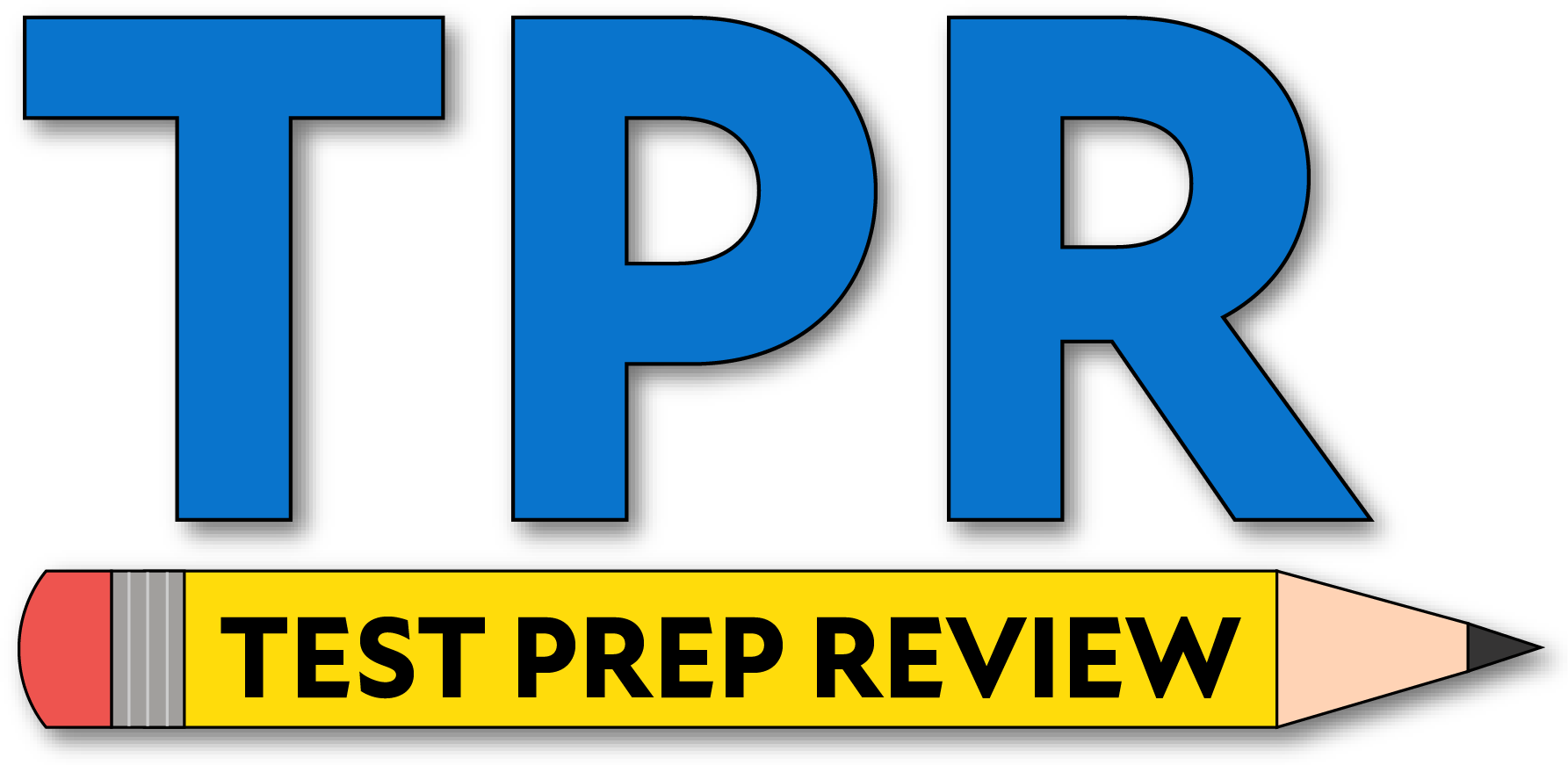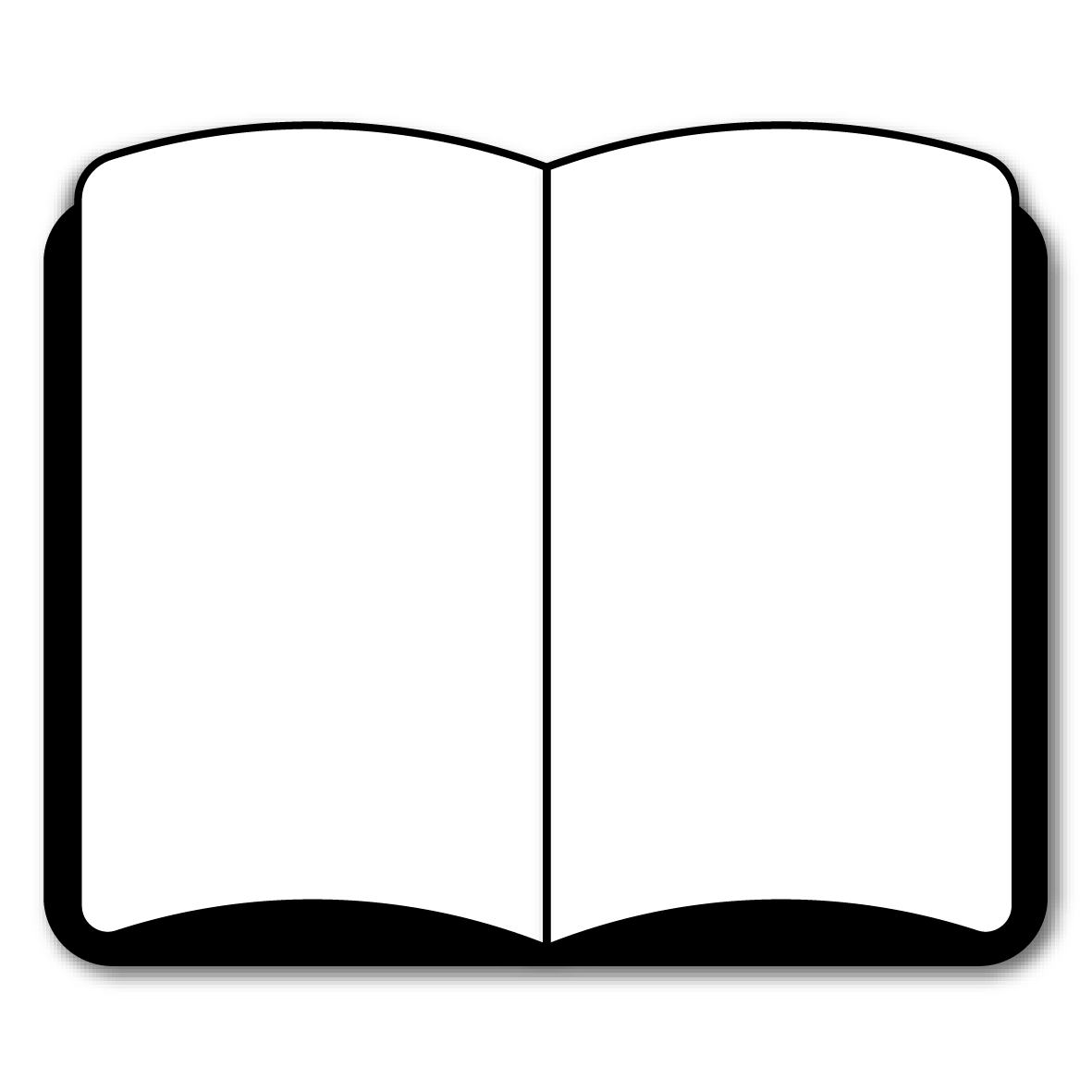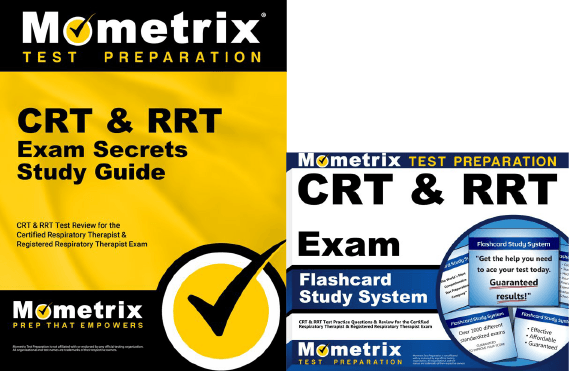If you need help studying for the TMC exam or just want some more information about what the test is like, you’ve come to the right place.
Click below to take a free TMC practice exam!
What’s on the Exam?
How to Register
TMC Scores
Retaking the Exam
What Test-Takers Are Saying
FAQs
Exam Eligibility
Before you can register to take the TMC exam, there are a couple of things you’ll need to take care of.
First, you have to be at least 18 years old to apply for this exam.
Second, you must meet ONE of the requirements below:
- You must have at least an associate degree from an accredited respiratory therapy education program.
- You must have at least four years of CRT experience and at least 62 college credit hours.
- You must have at least two years of CRT experience and at least an associate degree from an accredited respiratory therapy education program.
- You must have at least two years of CRT experience, at least a baccalaureate degree in any area, and at least 62 college credit hours.
- You must hold the CSRT RRT credential.
If you’re 18 or older and meet one of these requirements, you’re set to begin the registration process!
What’s on the TMC Exam?
First, let’s talk about the questions on the exam. There are 160 multiple-choice questions total, but only 140 of the questions will count toward your score. Why is that?
The 20 unscored questions on the TMC exam are called “pretest” questions. These are added to the exam to determine if they’re good enough questions to add to future versions of the test.
The trick is that you won’t have any way of knowing which questions are scored and which ones are pretest. They will appear just like the scored questions throughout the test.
The time limit for the exam is 3 hours. There aren’t any scheduled breaks, but you’re free to take restroom breaks as needed.
Let’s take a closer look at the different sections of the TMC exam.
1. Patient Data
50 scored questions
- Evaluate Data in the Patient Record (10 questions)
- Perform a Clinical Assessment (10 questions)
- Perform Procedures to Gather Clinical Information (12 questions)
- Evaluate Procedure Results (10 questions)
- Recommend Diagnostic Procedures (8 questions)
2. Troubleshooting and Quality Control of Devices, and Infection Control
20 scored questions
- Assemble/Troubleshoot Devices (15 questions)
- Ensure Infection Prevention (2 questions)
- Perform Quality Control Procedures (3 questions)
3. Initiation and Modification of Interventions
70 scored questions
- Maintain a Patent Airway Including the Care of Artificial Airways (10 questions)
- Perform Airway Clearance and Lung Expansion Techniques (5 questions)
- Support Oxygenation and Ventilation (15 questions)
- Administer Medications and Specialty Gases (4 questions)
- Ensure Modifications are Made to the Respiratory Care Plan (18 questions)
- Utilize Evidence-Based Practice (6 questions)
- Provide Respiratory Care in High-Risk Situations (5 questions)
- Assist a Physician/Provider in Performing Procedures (4 questions)
- Conduct Patient and Family Education (3 questions)
How to Register
Once you’ve ensured that you meet all of the eligibility requirements, you can register for the exam.
To get started, you’ll need to submit an application on the NBRC website. The application will ask you for your contact information and any documentation to prove your eligibility (among other things).
TMC Scores
For each question you answer correctly, you will receive one point toward your score. The number of points you get by the end of the exam is called your raw score. Your raw score determines your pass or fail status after comparison to the cut score.
If your raw score reaches the high cut score, which can fluctuate, you will receive the CRT credential and become eligible to take the CSE.
Retaking the Exam
If you didn’t get a passing score on your first try, that’s okay! You can retake the test two more times with no waiting period between attempts. After your third attempt, you’ll have to wait 120 days before trying again.
Keep in mind that you will have to pay the full testing fee every time you retake the test.
What Test-Takers Are Saying
Don’t just take our word for it! See what real test-takers are saying about the TMC exam:
“In my experience, I found it incredibly easy to eliminate at least two choices per question. Also, remember ventilation, oxygenation, circulation, and perfusion is the order at the NBRC hospital.”

tigerbellyfan420
“Know the ‘why’ instead of rote memorization. If you can defend your reasoning, you will become more confident. Even if you have to guess on some questions, you will be able to rule out more distractors and improve your chances of passing.”

GopherSavant
“Look for important key words. A lot of times, it will narrow down the option to two if not one. I had to tell myself to read the question 3 times before I choose because I would always miss what they are actually asking for.”

shay-shay89
FAQs
How many questions are on the TMC exam?
The exam contains 160 multiple-choice questions.
What is the time limit for the TMC exam?
The time limit for the exam is 3 hours.
How many times can you take the TMC exam?
There is no limit to the number of times you can take the exam.
What is the passing score for the TMC exam?
The minimum score you need to receive the CRT credential is 88.



 TMC Study Guide
TMC Study Guide TMC Flashcards
TMC Flashcards